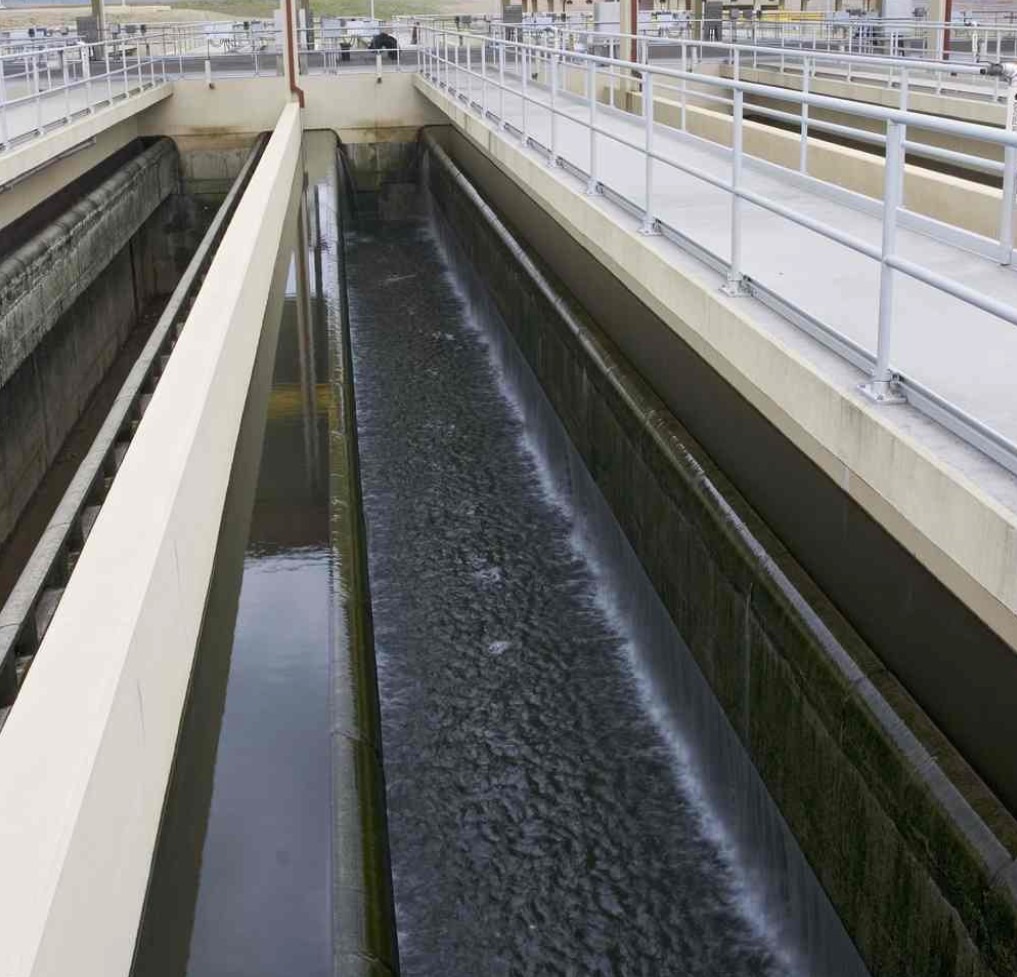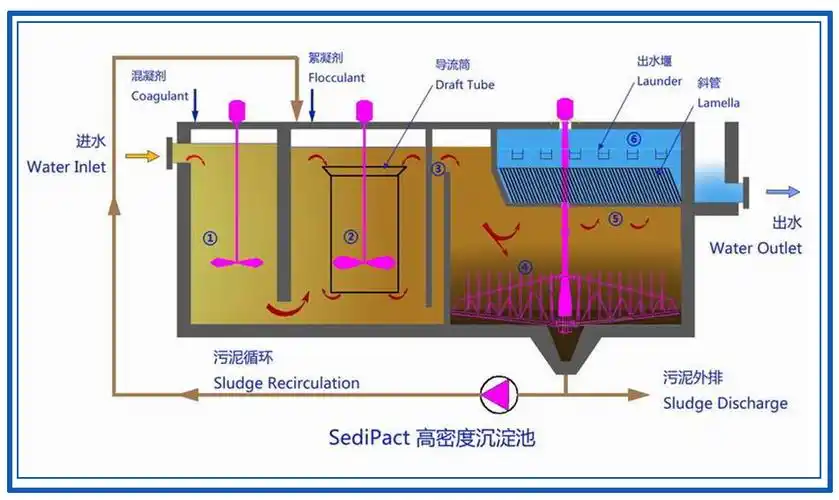The main steps of sewage treatment
Wastewater treatment usually includes the following main steps: pretreatment,Biological treatment,Deep processing,Sludge treatmentThese steps work together to ensure that wastewater meets discharge standards or reuse requirements.
Preprocessing Steps
Pretreatment is the first step in sewage treatment. Its main purpose is to remove large particles and suspended solids to provide stable water quality for subsequent treatment. The specific steps include:
- Grid Filter: Remove large particles and suspended matter.
- Grit chamber: Remove large particles of inorganic matter.
- Regulating pool: Adjust water quantity and quality to ensure the stability of subsequent treatment.
Biological treatment steps
Biological treatment uses the metabolism of microorganisms to degrade organic matter and is the core of sewage treatment. The main steps include:
- Activated sludge process: Use microorganisms in activated sludge to degrade organic matter.
- Biofilm method: Use microorganisms on biofilm to degrade organic matter.
- Anaerobic treatment: Under anaerobic conditions, organic matter is degraded by anaerobic bacteria.
- Aerobic treatment: Under aerobic conditions, aerobic bacteria are used to degrade organic matter.
In-depth processing steps
Advanced treatment is to further remove residual pollutants after biological treatment to meet higher discharge standards or reuse requirements. The main steps include:
- Filtration: Remove tiny particles and dissolved organic matter through sand filtration, activated carbon filtration, etc.
- Disinfection: Use disinfectants such as chlorine and ozone to kill bacteria and viruses.
- Nitrogen and phosphorus removal: Removal of nitrogen and phosphorus by chemical or biological methods.
Sludge treatment steps
A large amount of sludge is produced during sewage treatment, which needs to be properly handled. The main steps include:
- Sludge thickening: Reducing the volume of sludge by gravity or mechanical means.
- Sludge dehydration: Reduce the moisture content of sludge through methods such as filter pressing and centrifugation.
- Sludge stabilization: Stabilize sludge through composting and other methods.
Discharge and Recycling Steps
The treated wastewater can meet the discharge standard or reuse standard. The main steps include:
- Discharge: Wastewater that meets the discharge standards can be discharged into natural water bodies.
- Reuse: Treated water can be used for agricultural irrigation, industrial cooling, etc.






